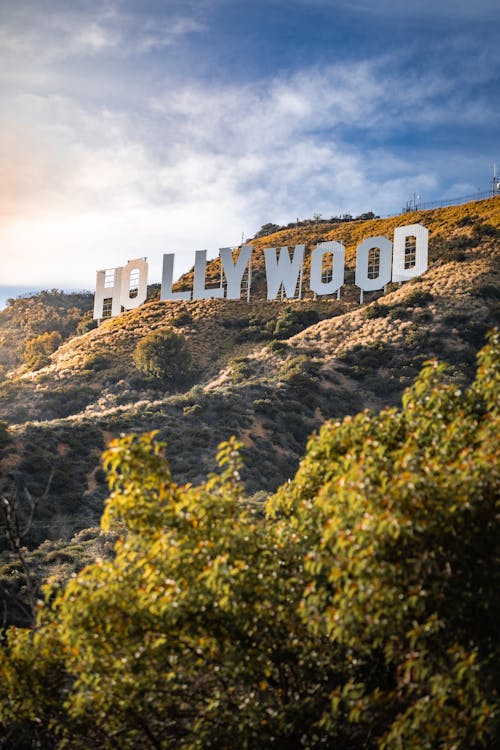Summary | Excerpt | Reviews | Beyond the Book | Read-Alikes | Genres & Themes | Author Bio

A Novel
by Danzy SennaThis article relates to Colored Television
 In Colored Television by Danzy Senna, Jane, a novelist turned aspiring TV writer from the East Coast, reflects on her inability to get used to the warm springs of Los Angeles while also considering their utility: "All that sunshine was said to be the reason the film industry had moved west back in the 1920s. Only in Los Angeles could they control when it rained and when it snowed. And the light here was, it was true, like no other light, perpetually effervescent, mirthful."
In Colored Television by Danzy Senna, Jane, a novelist turned aspiring TV writer from the East Coast, reflects on her inability to get used to the warm springs of Los Angeles while also considering their utility: "All that sunshine was said to be the reason the film industry had moved west back in the 1920s. Only in Los Angeles could they control when it rained and when it snowed. And the light here was, it was true, like no other light, perpetually effervescent, mirthful."
According to PBS, the industry did set up shop in Southern California at least partly for that reason. Movie production in its early days was more prevalent in New York, New Jersey, and Chicago, where unforeseen weather events could cause long delays in filming. There were other incentives for production companies to move to LA, including a lack of unions and labor oversight — meaning studios could exploit workers — and attempts to escape licensing bureaucracy. The city's convenient climate combined with these factors established it as a center for filmmaking. Today, LA's blue skies may seem like a physical manifestation of the escapism Hollywood represents, a kind of denial of the harsh reality associated with other arts, industries, and weather.
In keeping with this idealism and its Mediterranean climate, Los Angeles, along with other coastal areas of Southern California, tends to experience mild temperatures compared to the rest of the country. Winters in LA can be chilly and rainy, but weather is relatively gentle year-round, and even February, the wettest month, only gets five days of rain on average. Average highs in spring, summer, and fall hover around the 70s and 80s. When it comes to the summer months, this isn't so different from many other cities in the United States, even in northern parts of the country, and it's notably cooler than in some southern ones. But Jane's discomfort may be more about LA's lack of variability and lack of rain, the constant sun, and the sheer length of the warmer seasons. And of course, temperatures are rising and becoming more volatile due to climate change, and the city is particularly prone to worsening issues like drought and wildfires.
In Senna's novel, comparisons between the weather of LA and the eastern US function as an analogy for Jane's feelings about her failure in the world of literary fiction — associated with the publishing industry, which is largely condensed in New York, a place that boasts distinct seasons and cold winters — alongside the fear that she doesn't quite belong in the sunny world of television as she tries desperately to pivot her career in that direction. At one point, she notes that her children will soon be starting school, and the narrator observes, "Public school in California started absurdly, cruelly early, under the ogling, maniacal late-summer sun. It really was another planet." Jane tries to "think of her sunscreen and her sombrero and wraparound sunglasses as the equivalent of the woolen hat, scarf, and mittens she used to wear back East. The air-conditioner was like a fireplace you huddled around to stay warm."
As we see here, Jane's reference points for weather are embedded in the East, just as she's a novelist at heart, no matter how much she might believe that television can save her writer's dreams. At the same time, she craves stability of the kind offered by LA's consistent warmth. But can it really be hers? Like many before her, she feels drawn to the city's promise but alienated by its power, afraid she's doomed to be just another unsuccessful transplant, withering in its sun.
The Hollywood sign in Los Angeles, photo by Clément Proust
Filed under Places, Cultures & Identities
![]() This article relates to Colored Television.
It first ran in the September 4, 2024
issue of BookBrowse Recommends.
This article relates to Colored Television.
It first ran in the September 4, 2024
issue of BookBrowse Recommends.
Your guide toexceptional books
BookBrowse seeks out and recommends the best in contemporary fiction and nonfiction—books that not only engage and entertain but also deepen our understanding of ourselves and the world around us.